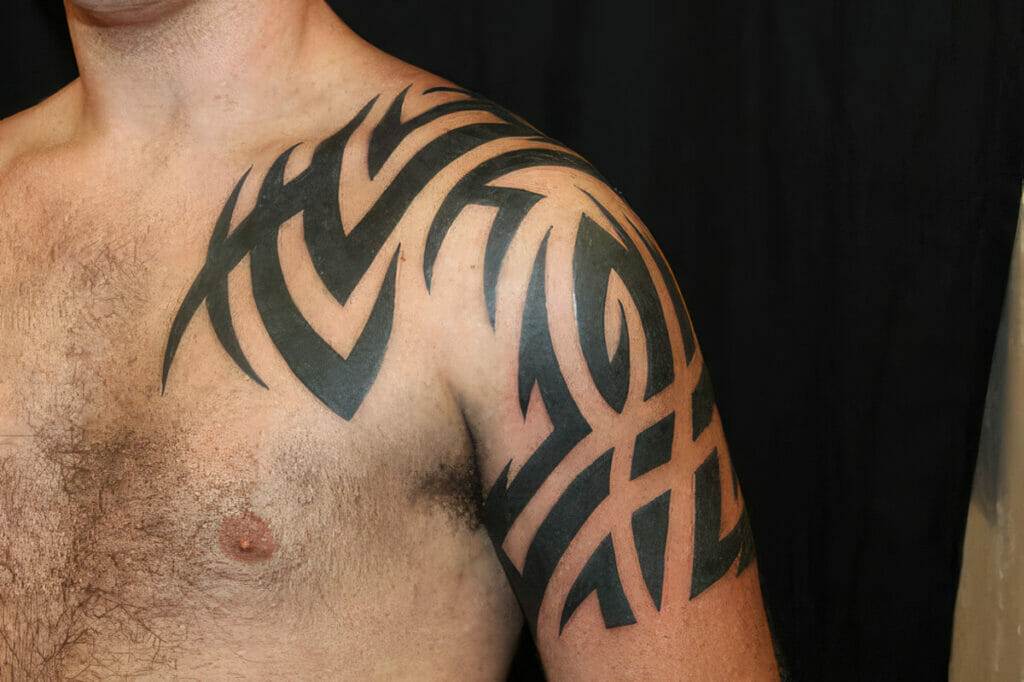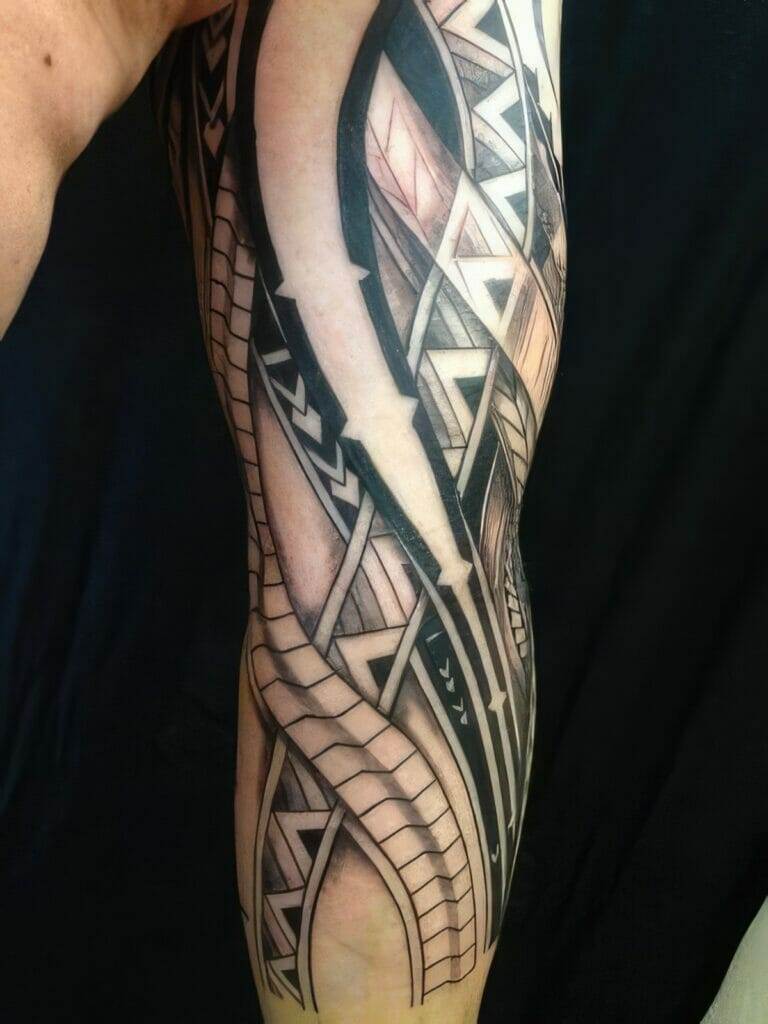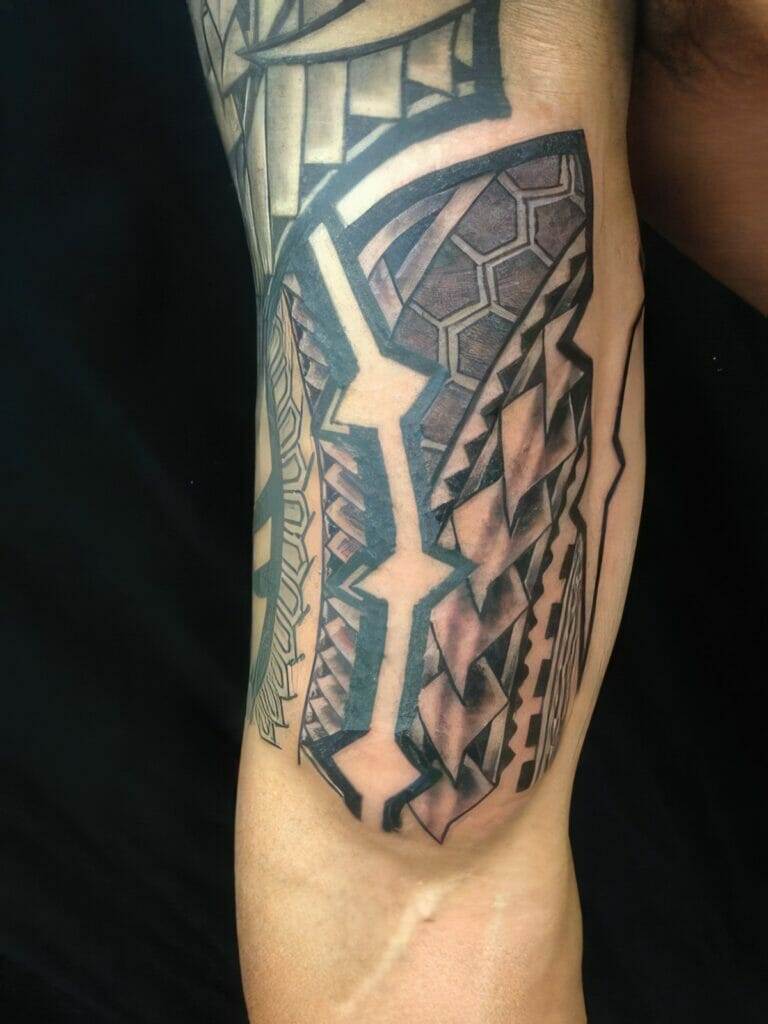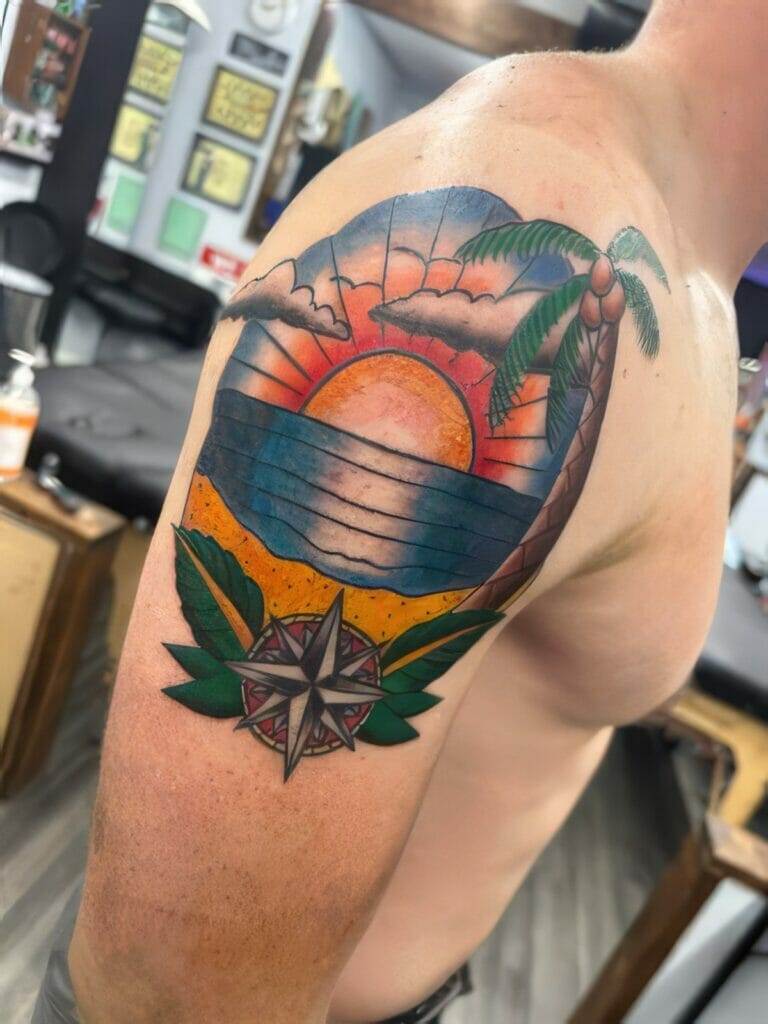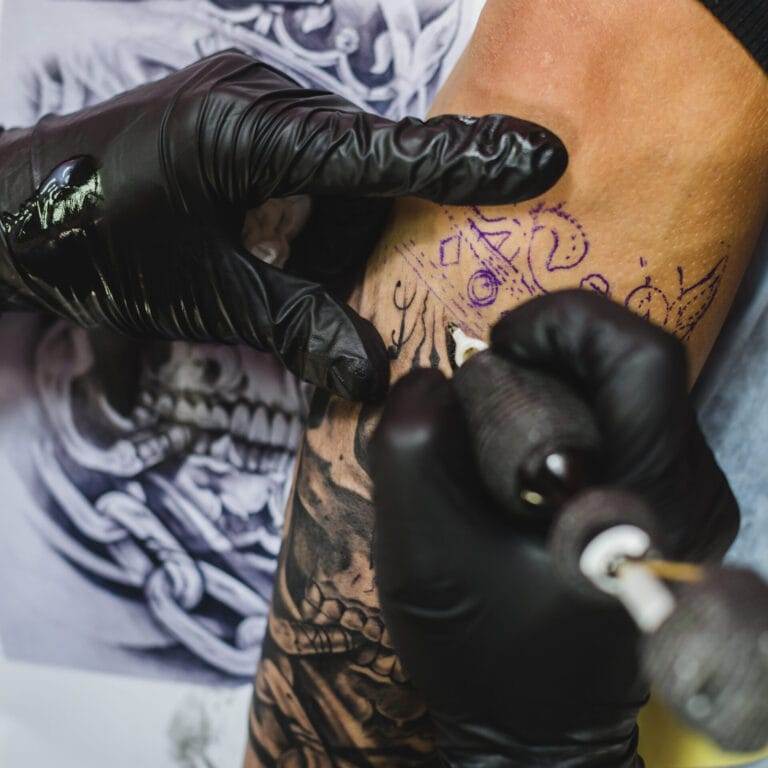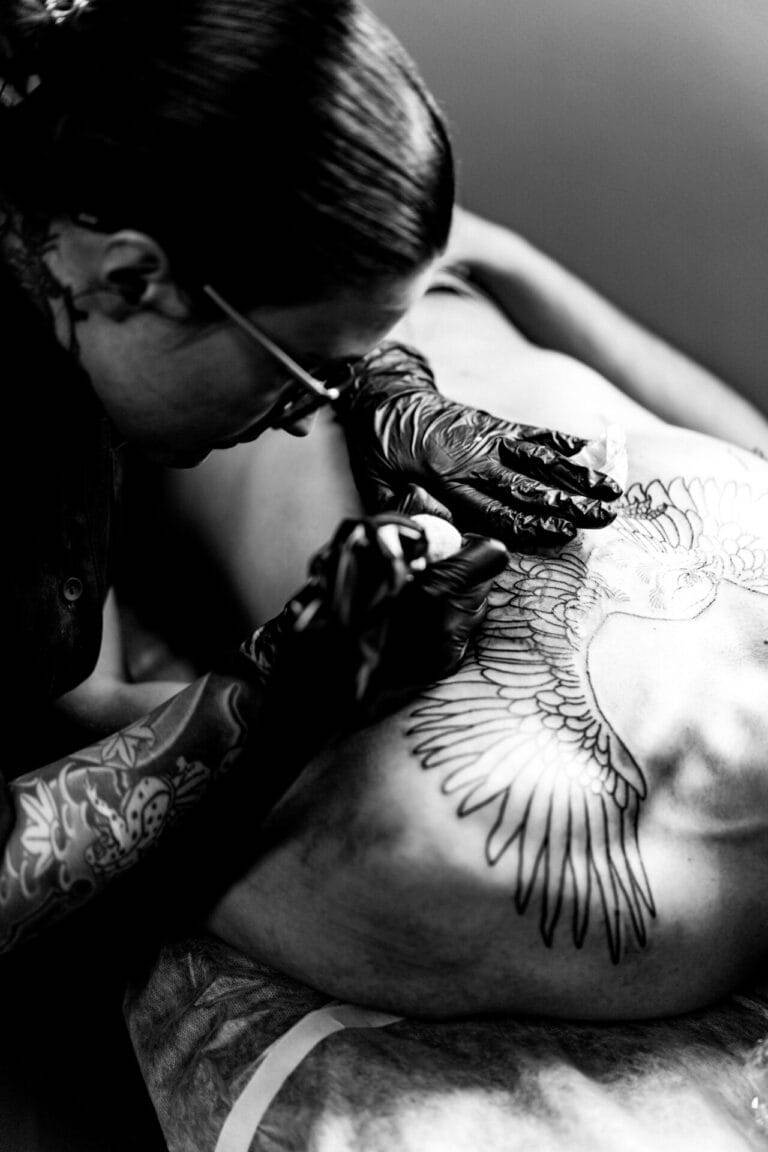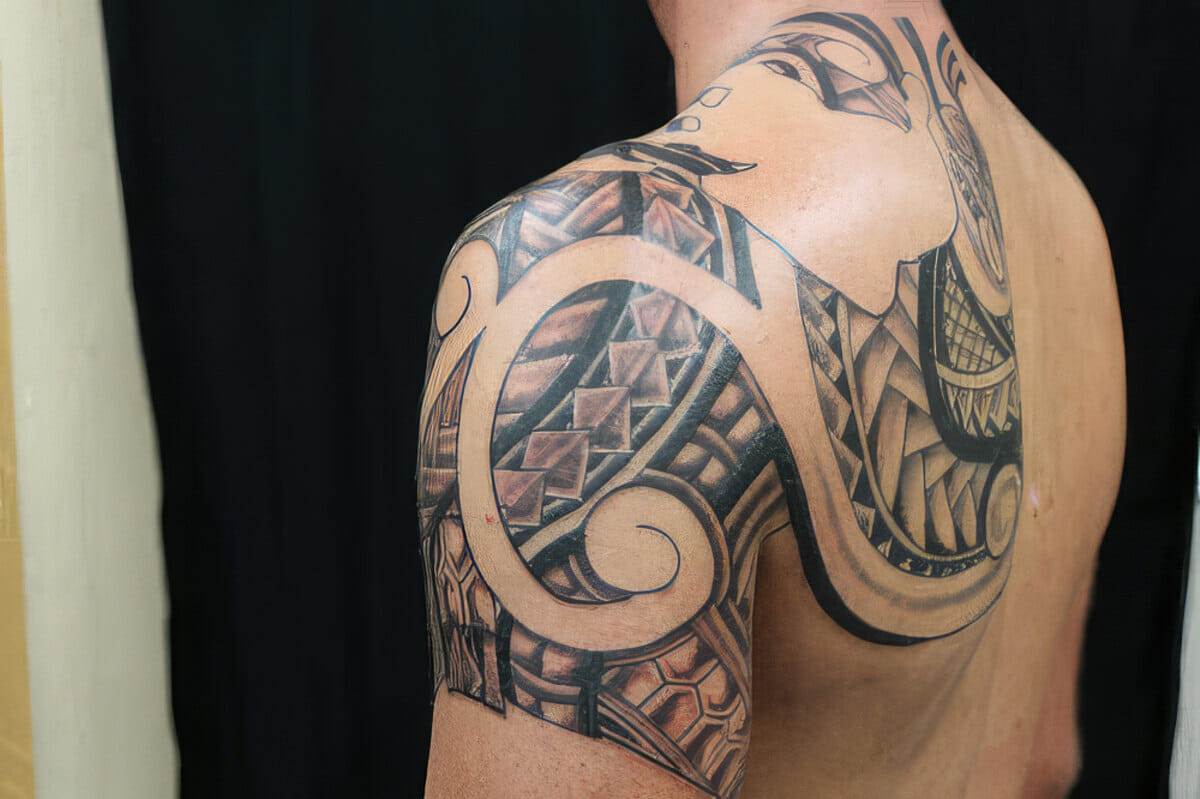
Tattoo designing is a form of art that has been practiced for centuries. It involves creating unique and personalized designs that are permanently inked onto the skin. Tattoos have become increasingly popular in recent years, with more and more people choosing to express themselves through this form of body art.
A well-designed tattoo is important because it is a reflection of the individual who wears it. It should be a representation of their personality, beliefs, and values. A poorly designed tattoo can be a source of regret and dissatisfaction, so it is crucial to put thought and effort into the design process.
Understanding the Concept: The First Step in Designing a Tattoo
Understanding the concept behind a tattoo is essential in creating a design that truly resonates with the individual. It is important to have a clear understanding of what the tattoo represents and what message it conveys. This can be achieved through open communication with the client and asking them questions about their ideas, inspirations, and motivations.
Tips for understanding the concept include actively listening to the client’s ideas and asking follow-up questions to gain a deeper understanding. It is also helpful to research any symbols or imagery that the client wants to incorporate into their design. By understanding the concept behind the tattoo, the designer can create a design that is meaningful and personal.
Inspiration and Research: Finding the Right Design Elements
Finding inspiration and doing research are crucial steps in the tattoo design process. Inspiration can come from various sources such as nature, art, culture, or personal experiences. It is important to gather a wide range of inspiration to ensure that the design is unique and original.
Research is also important in finding the right design elements for the tattoo. This can involve studying different styles of tattooing, exploring different cultural symbols, or researching specific imagery or themes. By conducting thorough research, the designer can ensure that they are creating a design that is well-informed and visually appealing.
Tips for finding inspiration and doing research include keeping a sketchbook or mood board to collect ideas, visiting art galleries or museums for inspiration, and exploring different online platforms and social media accounts dedicated to tattoo art. By immersing oneself in the world of tattoo art, the designer can find inspiration and gather ideas for their own designs.
Sketching and Drafting: Translating Ideas into Visual Art
Sketching and drafting are important steps in the tattoo design process as they allow the designer to translate ideas into visual art. Sketching involves creating rough outlines and basic shapes to get a sense of the overall composition of the design. Drafting involves refining the sketch and adding more details and intricacies.
Sketching and drafting are important because they allow the designer to experiment with different ideas and compositions. It is a way to visualize how the design will look on the skin and make any necessary adjustments before finalizing the design.
Tips for sketching and drafting include using different drawing techniques such as shading and cross-hatching to add depth and dimension to the design. It is also helpful to use different mediums such as pencils, markers, or digital tools to explore different styles and effects. By taking the time to sketch and draft, the designer can create a design that is visually appealing and well-executed.
Choosing the Right Colors: Adding Life to the Tattoo

Choosing the right colors is an important aspect of tattoo designing as it adds life and vibrancy to the design. Colors can evoke different emotions and convey different meanings, so it is important to choose colors that align with the concept of the tattoo.
The importance of choosing the right colors lies in creating a design that is visually appealing and harmonious. Colors can enhance the overall composition of the tattoo and make it more eye-catching. It is important to consider factors such as skin tone, personal preferences, and cultural associations when choosing colors for a tattoo.
Tips for choosing the right colors include studying color theory to understand how different colors interact with each other, experimenting with different color combinations, and considering the long-term effects of certain colors on the skin. By carefully selecting colors, the designer can create a tattoo that is visually stunning and meaningful.
Placement and Size: Deciding Where and How Big the Tattoo Should Be
Deciding on the placement and size of a tattoo is an important consideration in the design process. The placement of a tattoo can greatly impact its overall appearance and how it interacts with the body. The size of a tattoo can also affect its level of detail and intricacy.
The importance of deciding on placement and size lies in creating a design that is visually balanced and suits the individual’s body. It is important to consider factors such as the individual’s lifestyle, personal preferences, and future plans when deciding on placement and size.
Tips for deciding on placement and size include considering the natural contours and curves of the body, taking into account any existing tattoos or scars, and discussing options with the client to ensure their satisfaction. By carefully considering placement and size, the designer can create a tattoo that is aesthetically pleasing and well-suited to the individual.
Feedback and Revision: Collaborating with Clients for the Perfect Design
Getting feedback from clients and revising the design is an important part of the tattoo design process. Collaboration with clients allows for open communication and ensures that their vision is accurately represented in the final design.
The importance of getting feedback and revising the design lies in creating a tattoo that meets the client’s expectations and desires. It is important to listen to their feedback, address any concerns or suggestions, and make any necessary revisions to ensure their satisfaction.
Tips for collaborating with clients include actively listening to their feedback without judgment, asking for clarification if needed, and providing multiple design options for them to choose from. By working closely with clients, the designer can create a design that is personalized and meaningful.
Finalizing the Design: Preparing for the Tattooing Process
Finalizing the design is an important step in the tattoo design process as it prepares for the tattooing process. It involves making any necessary adjustments or refinements to the design and ensuring that it is ready to be transferred onto the skin.
The importance of finalizing the design lies in creating a clear and well-executed design that can be easily tattooed. It is important to consider factors such as line thickness, shading techniques, and overall composition when finalizing the design.
Tips for preparing for the tattooing process include consulting with a professional tattoo artist to ensure that the design is feasible and can be executed properly. It is also helpful to create a stencil or transfer of the design to ensure accuracy during the tattooing process. By finalizing the design, the designer can ensure that it is ready to be brought to life on the skin.
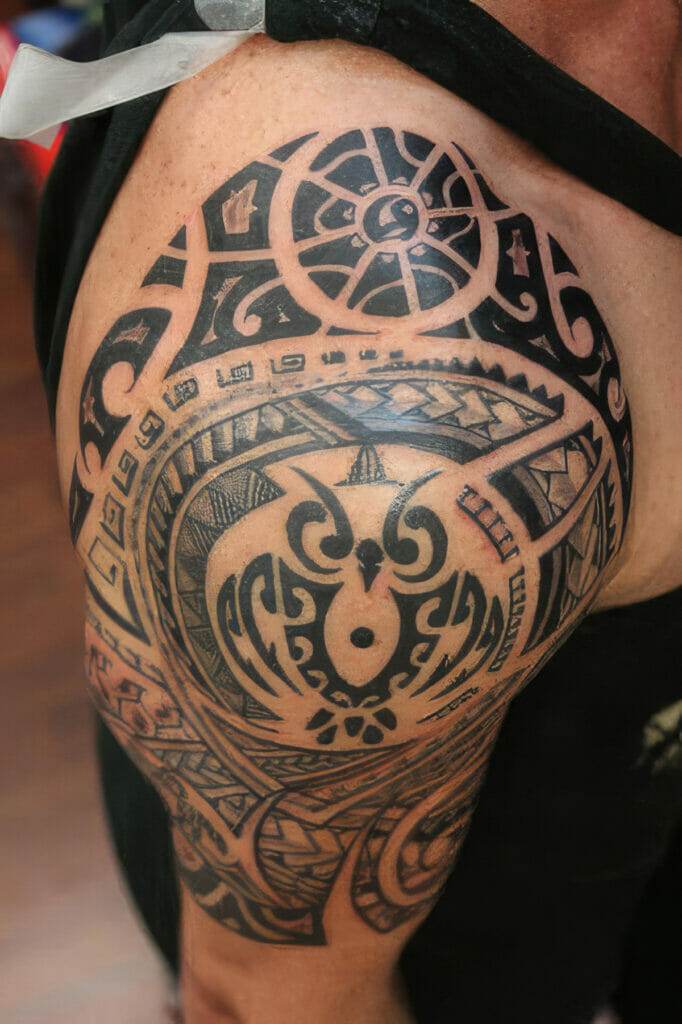
The Tattooing Process: Bringing the Design to Life
The tattooing process is the final step in bringing a well-designed tattoo to life. It involves the actual application of ink onto the skin using a tattoo machine or hand tools. The tattoo artist carefully follows the design and ensures that it is accurately transferred onto the skin.
The importance of the tattooing process lies in creating a tattoo that is clean, precise, and visually appealing. It is important for the artist to have a steady hand, attention to detail, and knowledge of proper hygiene and safety procedures.
Tips for the tattooing process include following aftercare instructions provided by the artist to ensure proper healing and longevity of the tattoo. It is also important to communicate any discomfort or concerns during the process to ensure a positive experience.
The Endless Possibilities of Tattoo Designing
In conclusion, the art of tattoo designing is a complex and intricate process that requires careful thought, creativity, and collaboration. A well-designed tattoo is important because it is a reflection of the individual who wears it and should be meaningful and personal.
Understanding the concept behind the tattoo, finding inspiration and doing research, sketching and drafting, choosing the right colors, deciding on placement and size, getting feedback and revising the design, finalizing the design, finding the right tattoo artist, and going through the tattooing process are all important steps in creating a well-designed tattoo.
The possibilities of tattoo designing are endless, with countless styles, techniques, and themes to explore. By putting thought and effort into the design process, individuals can create tattoos that are unique, meaningful, and visually stunning.

